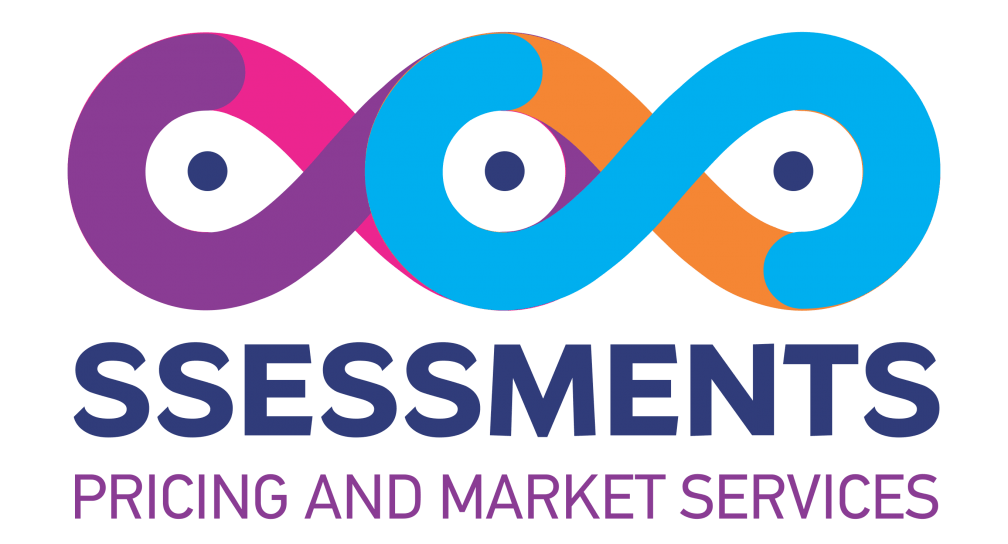- Always free
- Visual (Beta)
-
Ssessments
- DailySSESSMENTS
- WeeklySSESSMENTS
- MonthlySSESSMENTS
- QuarterlySSESSMENTS
- NewsSSESSMENTS
- TalkSSESSMENTS
- PlantsSSESSMENTS
- AnalysisSSESSMENTS
- StatsSSESSMENTS
- PriceSSESSMENTS
- RumourSSESSMENTS
- InventorySSESSMENTS
- CustomerSSESSMENTS
- Illustrated SSESSMENTS
- One Liner Robert's Report
- GradeBasedPriceIndexSSESSMENTS
- Markets
- Commodities
